
Trees are a major component of our gardens and fill a variety of roles. Their potential height is a key characteristic that distinguishes them from most shrubs and herbaceous plants. They can serve as vertical accents that contrast with lower, more horizontal forms. However, if most trees’ mature size is an area of major concern, alternatives exist in the realm of the following choice cultivars.

‘Little Leslie’ fringetree
Chionanthus virginicus ‘Little Leslie’, Zones 3–9
While the straight species of fringetree is already intermediate in size at about 30 feet tall when mature, ‘Little Leslie’ fringetree occupies even less real estate. The first bred tree of this cultivar is still living and is only 5 feet high after 28 years. The leaves are a bit smaller than those of the straight species, but it blooms profusely even at an early age. Its versatility allows it to be planted in a variety of light variations and moisture levels.
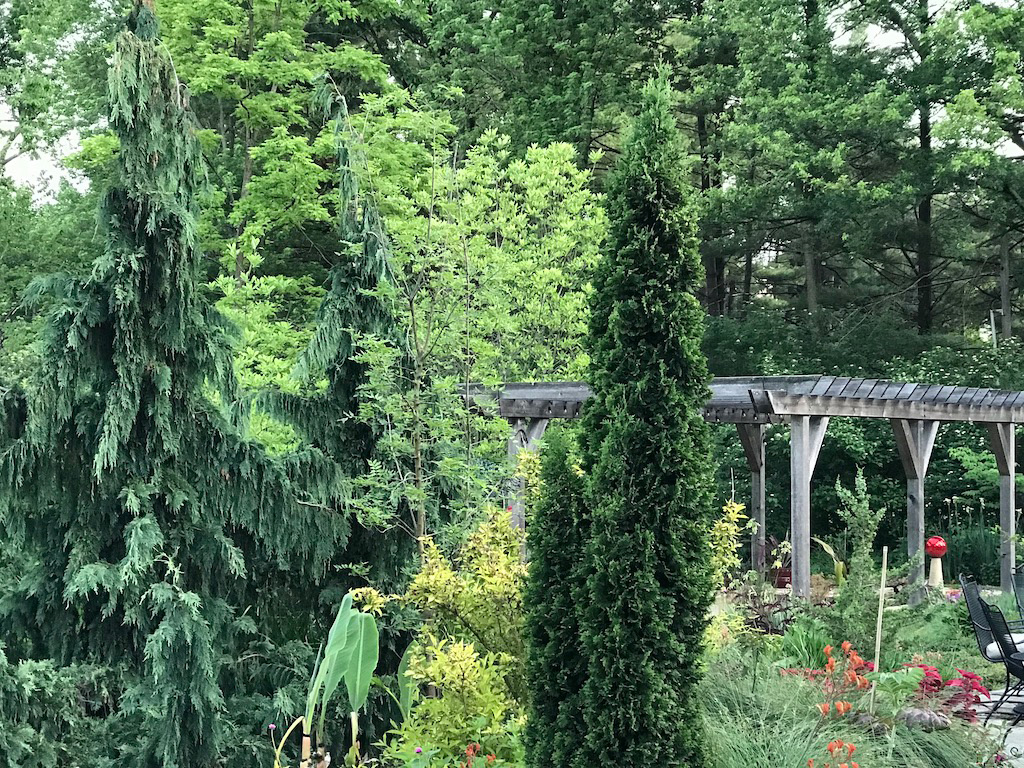
‘Degroot’s Spire’ arborvitae
Thuja occidentalis ‘Degroot’s Spire’, Zones 2–7
The tighter growth pattern of this arborvitae allows it to retain dense branching and foliage. Starting with a small transplant enables you to more easily maintain a single leader and avoid the tree splitting apart in the future. It will mature at 15 to 30 feet tall, increasing about 1 foot per year in height. The width will be just a quarter of its height. Medium moisture and full to partial sun will serve this plant well.
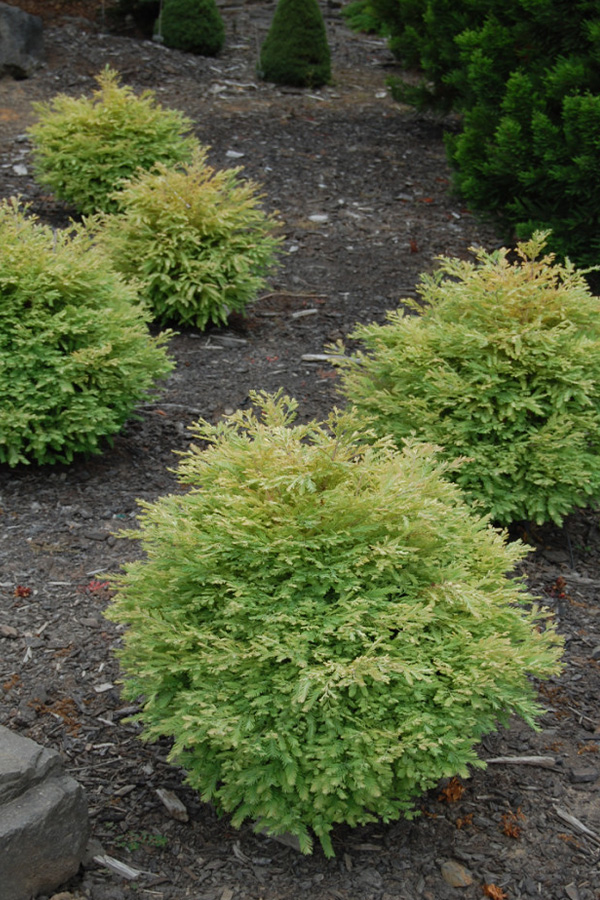
‘North Light’ dawn redwood
Metasequoia glyptostroboides ‘North Light’ syn. ‘Schirrmann’s Nordlicht’, Zones 5–8
‘North Light’ dawn redwood has a shrublike form that seems to glow due to its variegation, which is more yellow in full sun and cream-tinted in partial shade. It offers great russet fall color as well. The mature size of this tree is 5 to 6 feet high and 3 to 5 feet wide, which allows it to be used in a variety of situations where the straight species, which grows to 70 to 100 feet high, would be far too large.
 |
 |
| ‘Bennett’s Fastigiate’ (left) and ‘Stowe Pillar’ (right) are two Eastern white pines that stay extremely narrow at only 2 feet wide. Photos: Jim Kincannon |
‘Bennett’s Fastigiate’ and ‘Stowe Pillar’ Eastern white pine
Pinus strobus ‘Bennett’s Fastigiate’, Zones 3–8
Pinus strobus ‘Stowe Pillar’, Zones 3–8
These two later introductions of Eastern white pine are skinny trees. Though the species has somewhat horizontal branching, these two cultivars have sturdy, upright branching at a more acute angle to the main trunk. Well-drained soil is a must, and more sun equals denser growth. They will both grow about 8 feet high and 2 feet wide in 10 years.
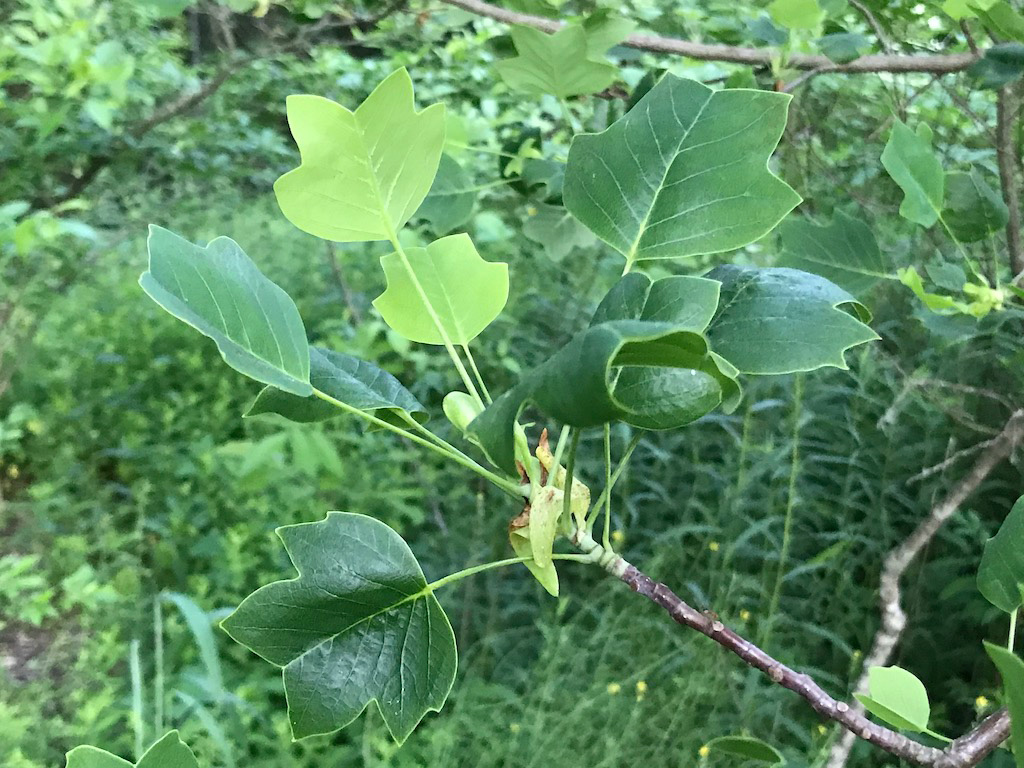
‘Little Volunteer’ tulip poplar
Liriodendron tulipifera ‘Little Volunteer’, Zones 5–9
This species is one of the largest-growing deciduous trees native to Eastern North America, and it is often difficult to accommodate in a typical landscape. Better suited for limited space is the dwarf cultivar ‘Little Volunteer’, which attains a fraction of the size. Reaching only 30 to 35 feet, it also features more-diminutive leaves and flowers, and it thrives in moist but well-drained soil with full or partial sun exposure.
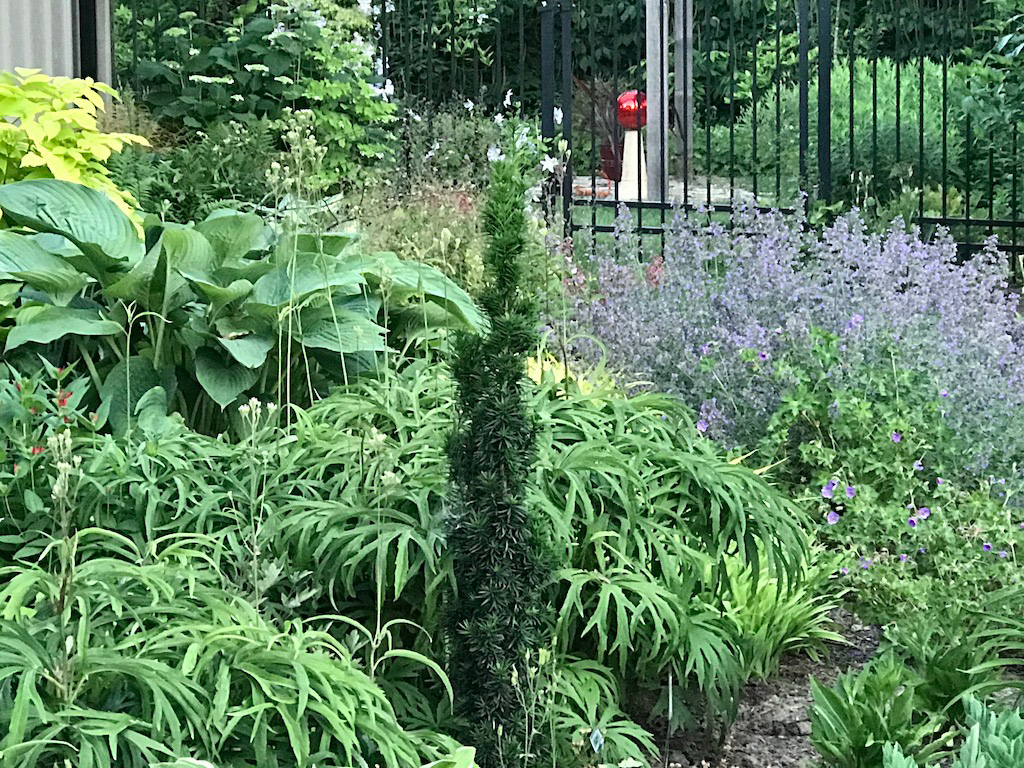
‘Beanpole’ yew
Taxus × media ‘Beanpole’, Zones 5–7
Taller than it is wide and sporting ascending branches, this yew occupies a small area while still making a statement. When sited in well-drained soil and given full to partial sun, it develops into an 8-to-10-foot-high and 4-to-6-foot-wide vertical accent over the course of about 20 years.
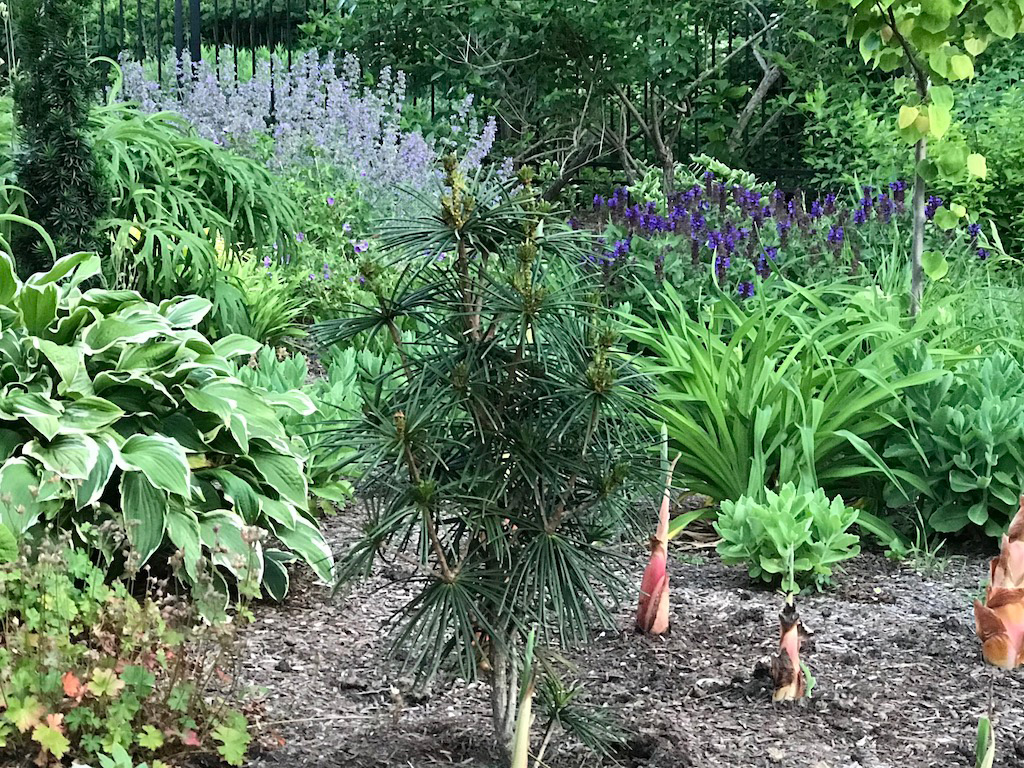
‘Joe Kozey’ Japanese umbrella pine
Sciadopitys verticillata ‘Joe Kozey’, Zones 4–8
This narrower form of Japanese umbrella pine features the same thick, glossy needles that grow in whorls around the strong branches of the straight species, but this cultivar is more resistant to snow loads. Given medium moisture and planted in sun to partial shade, it grows 16 feet high and 5 feet wide over the course of 20 years.

‘Cupressina’ Norway spruce
Picea abies ‘Cupressina’, Zones 2–7
The straight species of Norway spruce grows to enormous proportions, so this columnar Norway spruce is a welcome addition to the landscape palette of evergreens. In 10 years, it may become 20 feet tall but just 5 to 6 feet wide. It tolerates slightly alkaline to acidic soils that are neither too wet nor too dry and prefers full sun.
Current trends in development often mean houses are often more closely spaced and that buildings and hardscapes occupy a greater percentage of properties. When choosing a plant palette, many species of trees may seem out of the question for inclusion in your home landscape. Cultivars selected for their narrow growth habit or reduced overall dimensions may allow you to reconsider possibilities. If you’re interested in smaller selections of shrubs and perennials perfect for Midwest gardens, read part 1 here.
Jim Kincannon is a graduate of the School of Professional Horticulture at the New York Botanical Garden, where he also earned a certificate in landscape design. He is a Master Gardener and was a horticulturist at Newfields in Indianapolis, where he now volunteers.
Fine Gardening Recommended Products

Pruning Simplified: A Step-by-Step Guide to 50 Popular Trees and Shrubs
Fine Gardening receives a commission for items purchased through links on this site, including Amazon Associates and other affiliate advertising programs.

ARS Telescoping Long Reach Pruner
Fine Gardening receives a commission for items purchased through links on this site, including Amazon Associates and other affiliate advertising programs.

Planting in a Post-Wild World: Designing Plant Communities for Resilient Landscapes
Fine Gardening receives a commission for items purchased through links on this site, including Amazon Associates and other affiliate advertising programs.


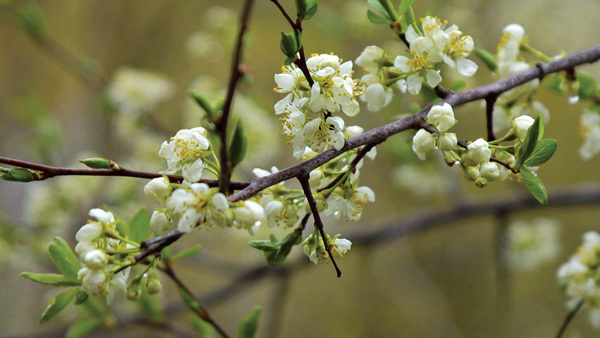
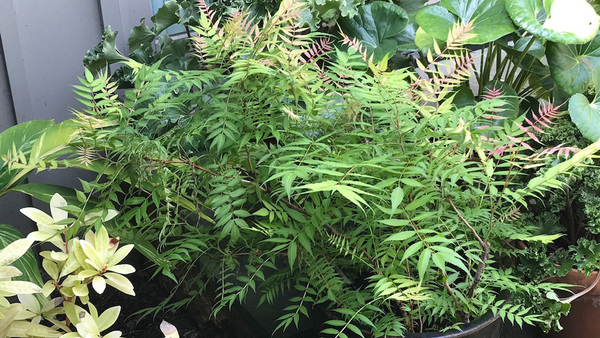
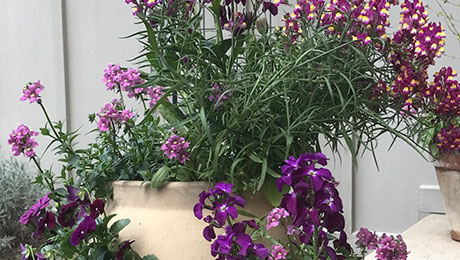













Comments
Log in or create an account to post a comment.
Sign up Log in